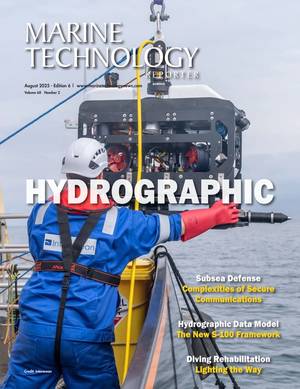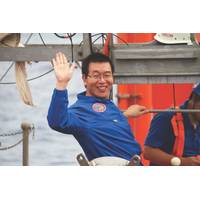
Voices: Professor Cui Weicheng
from academia, the Chinese national government, the Shanghai government, and private investors, both foreign and domestic.Over the course of his career, Professor Cui was project leader and first deputy chief designer of the 7,000m Jiaolong three-man submersible (HOV), now operated by the National Deep Sea Center, State Oceanic Administration, Quingdao, Shandong province. The Jiaolong has made 151 dives, reaching a record depth for an active submersible program of 7,062m (23,169ft), piloted by Cui himself.Cui has already made test dives of an 11,000m Autonomous Remote Vehicle (ARV), and three different
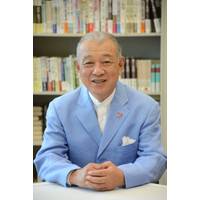
MTR’s “Top 10” Ocean Influencers
is likely the first in the Chinese experience, using government-private-public partnerships seen in other parts of the world. Over the course of his career, Professor Cui was project leader and first deputy chief designer of the 7000m Jiaolong 3-man submersible (HOV), now operated by the National Deep Sea Center, State Oceanic Administration, Quingdao, Shandong province. The Jiaolong has made 151 dives, reaching a record depth for an active submersible program of 7,062m (23,169 ft.), piloted by Cui himself.Cui has already made test dives of an 11,000m Autonomous Remote Vehicle (ARV), and three different
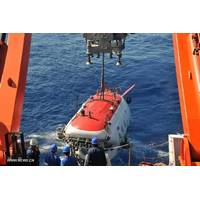
China Manned Submersible Samples Mineral Deposits
Sea. "The Jiaolong began to dive at 9 a.m. Wednesday and arrived at its scheduled depth about 110 minutes later. We sailed northwest, climbed a forty-meter-high slope and found a large deposit of iron-manganese," said Tang Jialing, pilot of the submersible and a researcher from the National Deep Sea Center. Eight samples were taken from these deposits. "Since one of the samples was broken by the sub's robotic arm, a round core inside could be identified as volcanic lava. The materials covering the core are iron and manganese oxides, which need tens of thousands of years to form,"


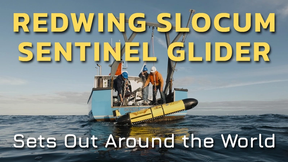
 August 2025
August 2025
